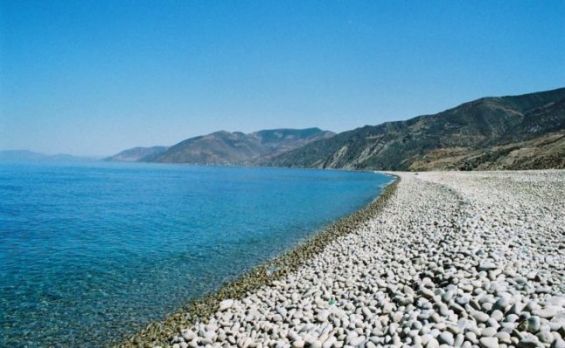Sea rising levels could threaten the lives of 300 million people by 2050, concluded a study conducted by Climate Central. Published Tuesday in Nature Communications, the survey warns against the changes that would affect several parts of the world.
Due to pollution and gas emissions, the lives of people bordering the sea would be endangered in the next thirty years by coastal flooding, mainly caused by the melting ice sheets and glaciers.
«In the decades ahead, sea-level rise could disrupt economies and trigger humanitarian crises around the world», Climate Central said.
Sea level rising and Moroccan cities
According to the same study, the majority of the people to be affected by these floodings are living in Asian countries, such as China, Bangladesh, India, Vietnam, Indonesia and Thailand. But the flooding and sea rising levels are also affecting African countries, including Morocco.
In an interactive map provided by Cilmate Central, one can clearly spot the Moroccan cities, villages and ports that could be affected by the floodings in the 30 years to come. Data compiled by the non-profit organization show that some areas that border the Mediterranean Sea and the Atlantic Ocean will see high sea levels and parts of them might disappear by 2040.

In northeastern Morocco, the threatened zones are between Oud Moulouya and Ras El Ma. Not very far from these two locations, the southern part of Nador as well as part of the Boqueronesa Beach will also be endangered.
But the most affected areas near the Mediterranean coast of Morocco are Oued Laou, a small town located in northern, and the city of Martil, northeast of the city of Tetouan.
To a lesser extent, the area stretching from Marina Smir in the north to the town of M'diq will also be affected according to the Climate Central map. In Tangier, further west, the map curiously indicates that the area including Tanger City Mall and the new Tangier TGV station is also threatened by sea flooding.
Other parts of Tangier will also be affected, including the area between the Hercules Cave and the diplomatic forest in the south. Asilah, a town on Morocco’s Atlantic coast south of Tangier, is also on the list.

This phenomenon will also affect Larache, the Marja Zegra, a lake close to the town of Moulay Bousselham. Even the center of Kenitra, near the Sebou river and the shores of Oued Bouregreg in Salé will be impacted.
However, the situation of Mohammedia remains alarming as a large zone next to it will be flooded. Casablanca, the economic capital of the Kingdom is no exception to the rule, as its port and the landmark Hassan II mosque are also expected to be impacted.
The city of El Jadida and beaches extending from Sidi Bouzid to Oualidia are also concerned. The list includes other coastal cities, including Essaouira, Agadir and Tarfaya.





 chargement...
chargement...













